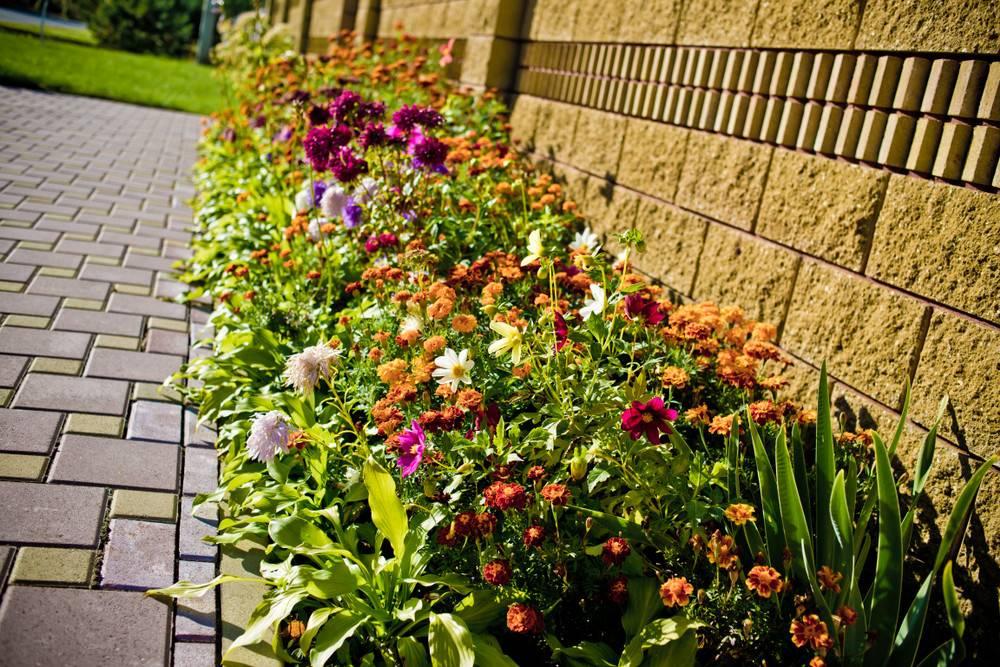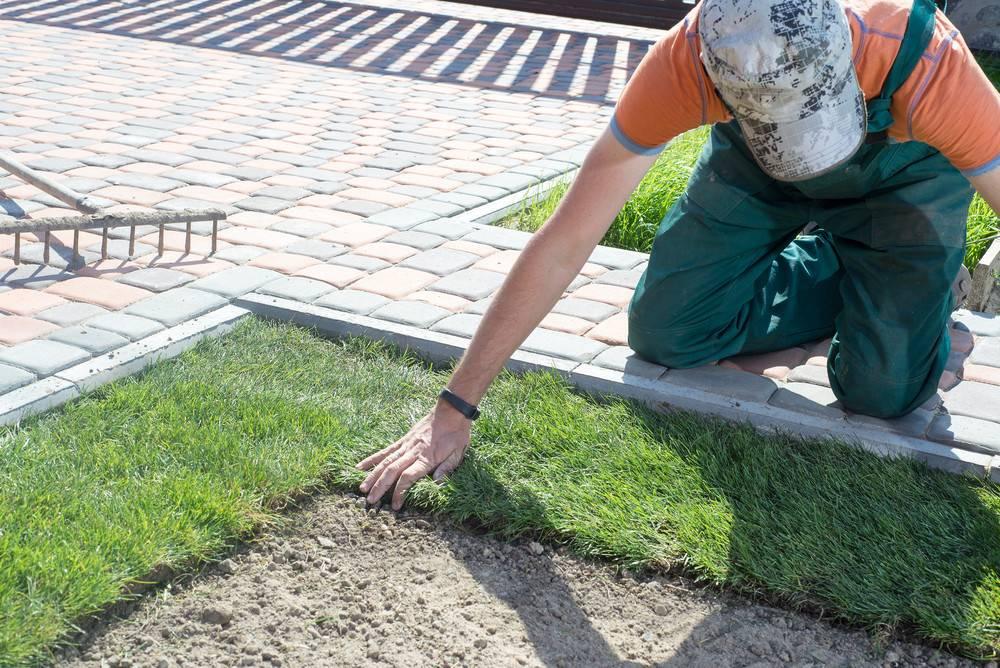Replacing tiles with greenery
When rainwater falls on plantings, it usually sinks into the soil. Regularly, gardens contain too much stone. By replacing stone with plants, you can easily collect rainwater and allow it to sink into the soil. This can be done by creating a vegetable garden or planting beds. Lay planting beds lower so you can collect rainwater in the planting beds. Choose the right plants to prevent weed growth, diseases and pests. When weeds do grow, control them poison-free.
A green garden is ideal for cooling off and you can do your part for biodiversity. It looks nice and in many cases you get a subsidy from the municipality for greening your garden. Check the subsidy scheme(s) of your municipality for disconnecting the drainpipe and/or greening your garden.
Cost
The cost depends on the size of the planting beds, the amount of sand to be removed and the reuse of excavated pavement, among other factors.
Space use
Not applicable. You are going to use the garden differently.
Difficulty
Removing stones, the underlying sand layer, backfilling with topsoil and planting are not difficult. The most difficult part is installing an edging at the remaining pavement. An edging is a hard or flexible material used as a separation between planting and paving.
Earthmoving
The amount of earthwork depends on the size of the new planting areas and the depth of the sand layer under the stones.
Maintenance
A big misconception is that a stone garden requires less maintenance. A stone garden needs to be swept, the weeds between the tiles need to be removed and many people do not want algae deposits. A well-designed garden with plants does not have to take more time.
Climate Goals
A green garden is good against heat stress and rainwater can sink into the ground.
Water Quality
In areas where there is little walking, weeds develop more quickly. By replacing tiles with greenery in these areas, you need to remove fewer weeds and the use of harmful chemicals is unnecessary.
Biodiversity
Contribution to improving biodiversity
You can find more information about protecting and restoring biodiversity and tips on making gray greener at the make-grey-greener.com website .

